We invite you to attend a free evening talk, “LSST and Black Holes,” on Thursday, August 15, during the LSST Project and Community Workshop. Featured speakers are LSST Project Manager Victor Krabbendam, University of Arizona astrophysicist Feryal Ozel, and Northwestern University’s Raffaella Margutti. Everyone is welcome and no registration is necessary. More information and speaker bios are available at this link.
After additional study, LSST has released an updated statement on the large-scale deployment of low Earth orbit satellite constellations. The updated wording can be found at this link.
The LSST Auxiliary Telescope (AuxTel) achieved engineering first light on the night of July 23rd, on Cerro Pachón, with all its system components (both hardware and control software) operational, and the telescope pointed at the sky. The AuxTel still has a number of outstanding items to be completed, but this initial on-sky testing indicated that things are on the right track.
At SLAC National Accelerator Laboratory, the LSST Camera team has successfully inserted the four production corner rafts inside the cryostat, marking the official start of the focal plane integration. Nine science rafts will be inserted in the next couple of months, leading to an intermediate electro-optical test before the remaining rafts are installed.
On Cerro Pachón, the LSST Secondary Mirror (M2) received its first reflective coating on July 16th. Testing at the conclusion of the campaign confirmed that the mirror coating not only met, but exceeded reflectivity requirements. More details about the activity can be found in this recent news item.
The LSST Primary/Tertiary Mirror (M1M3) cell, which arrived on Cerro Pachón in mid-July, was successfully moved into the LSST observatory building on July 25th. The M1M3 cell (the steel structure that will support the mirror) was placed on rubber mats on the maintenance floor of the facility (photo at this link), but has since been moved onto the M1M3 transport cart. This milestone marks the beginning of the M1M3 cell and surrogate mirror integration on the summit.
The LSST Telescope Mount Assembly (TMA) departed Spain for Chile aboard the vessel Lisa Auerbach on July 29th. The disassembled, marine-wrapped pieces of the TMA were loaded without damage despite the challenge presented by their unusual sizes and shapes. Photos from the ship loading are available in the LSST Gallery. The TMA is expected to arrive in Chile in early September.
The “Big Data - Small Planets” workshop, which brought together experts in the analysis of astronomical time series to discuss machine learning and big data challenges in exoplanet photometry, spectroscopy, and population synthesis was held in Israel on July 7-11. A full report on the workshop is available on the LSST Community Forum and a link to presentations is available on the workshop website.
PERSONNEL NEWS
Juan Lopez joined the Telescope and Site subsystem on August 1st as a mechanical integration technician. As a member of the summit Assembly, Integration, and Verification (AIV) team, he will provide support to mechanical activities for assembly and integration of telescope and site mechanical systems, starting with the M1M3 cell assembly.
The LSST Education and Public Outreach team is now accepting applications for a Web Designer and a Web Developer. Additional opportunities with LSST, including IT Network Engineer, Software Engineer, Senior Software Engineer, and IT Systems Engineer are available on the LSST hiring website. Help us spread the word!
UPCOMING MEETINGS with LSST INVOLVEMENT
(those with asterisk* are LSSTC funded):
2019 | |
August 5-7 | LSST Dark Matter Workshop 2019, Chicago, IL* |
August 6-9 | Joint Directors Review, SLAC, Menlo Park, CA |
August 12-16 | LSST 2019 Project and Community Workshop, Tucson, AZ |
August 19-28 | La Serena School for Data Science: Applied Tools for Data-driven Sciences, La Serena, Chile* |
August 27-30 | NSF/DOE Joint Status Review, Tucson, AZ |
September 11-13 | AMCL meeting, La Serena, Chile |
September 30-October 4 | Managing Follow-up Observations in the Era of ZTF and LSST Workshop, Pasadena, CA* |
October 7-9 | Untangle the Skein with Scarlet: LSST De-blending Pipeline Application Workshop, Naples, Italy |
October 22-24 | Kavli From Petabytes to Science Workshop, Boston, MA |
December 2-4 | LSST Algorithms Workshop, Location TBD* |
NOTICIAS DEL PROYECTO Y DE LA CIENCIA
Los invitamos a asistir a una charla nocturna gratuita, "LSST y Los Agujeros Negros”, el jueves 15 de agosto, durante el Taller del Proyecto LSST y Comunitario. Los oradores destacados son el Gerente de Proyecto LSST, Victor Krabbendam, el astrofísico de la Universidad de Arizona, Feryal Ozel, y Raffaella Margutti de la Universidad Northwestern. Todos son bienvenidos y no es necesario registrarse. Más información y biografías de los oradores están disponible en este enlace link.
Después de un estudio adicional, LSST ha publicado una declaración actualizada sobre el despliegue a gran escala de las constelaciones de satélites de órbita terrestre. La redacción actualizada se puede encontrar en este enlace link.
El Telescopio Auxiliar de LSST (AuxTel) logró la primera luz de ingeniería la noche del 23 de julio en Cerro Pachón, con todos sus componentes del sistema (hardware y software de control) operativos, y el telescopio apuntó hacia el cielo. El AuxTel todavía tiene varios elementos pendientes por completar, pero esta prueba inicial del cielo indicó que las cosas van en el camino correcto.
En SLAC Laboratorio Nacional de Aceleradores, el equipo de la cámara de LSST ha insertado exitosamente los cuatro módulos esquineros de producción dentro del criostato, marcando el inicio oficial de la integración del plano focal. Se insertarán nueve módulos científicos en los próximos meses, lo que conducirá a una prueba electroóptica intermedia antes de instalar los módulos restantes.
En Cerro Pachón, el espejo secundario (M2) de LSST recibió su primer recubrimiento reflectante el 16 de julio. Las pruebas al final de la campaña confirmaron que el recubrimiento de espejo no solo cumplió, sino que excedió los requisitos de reflectividad. Se pueden encontrar más detalles sobre la actividad en este artículo reciente news item.
La celda del espejo primario/terciario (M1M3) de LSST, que llegó a Cerro Pachón a mediados de julio, fue trasladada con éxito al edificio del observatorio LSST el 25 de julio. La celda M1M3 (la estructura de acero que soportará el espejo) fue posicionada sobre alfombras de goma en el piso de mantenimiento de la instalación (foto en este enlace link), pero se ha trasladado al carro de transporte M1M3 desde entonces. Este hito marca el comienzo de la integración de la celda M1M3 y el espejo sustituto en el cerro.
El Ensamblaje del Soporte del Telescopio LSST (TMA) partió de España hacia Chile a bordo del buque Lisa Auerbach el 29 de julio. Las piezas desensambladas y envueltas del TMA se cargaron sin daños a pesar del desafío presentado por sus tamaños y formas inusuales. Las fotos de la carga del barco están disponibles en la Galería LSST LSST Gallery. Se espera que el TMA llegue a Chile a principios de septiembre.
El taller “Grandes Datos – Pequeños Planetas”, que reunió a expertos en el análisis de series de tiempo astronómicos para discutir sobre el aprendizaje automático y los desafíos de los grandes datos en fotometría de exoplanetas, espectroscopía y síntesis de población, se llevó a cabo en Israel del 7 al 11 de julio. Un informe completo sobre el taller está disponible en el Foro de la Comunidad LSST LSST Community Forum y un enlace con las presentaciones está disponible en el sitio web website del taller.
NOTICIAS DE PERSONAL
Juan López se unió al subsistema de Telescopio y Sitio el 1 de agosto como técnico de integración mecánica. Como miembro del equipo de Ensamblaje, Integración y Verificación (AIV) del cerro, brindará apoyo a las actividades mecánicas para el ensamblaje y la integración de los sistemas mecánicos de telescopio y sitio, comenzando con el ensamblaje de la celda M1M3.
El equipo de Educación y Difusión Pública de LSST ahora está aceptando postulaciones para un Diseñador Web Web Designer y un Desarrollador Web Web Developer. En el website sitio web de contratación de LSST se encuentran disponibles oportunidades adicionales con LSST, entre otros Ingeniero en Redes de TI, Ingeniero de Software, Ingeniero de Software Senior e Ingeniero de Sistemas de TI. ¡Ayúdanos a correr la voz!
PRÓXIMAS REUNIONES CON PARTICIPACION DE LSST
(aquellas con asterisco * son financiadas por LSSTC):
2019 | |
5-7 de agosto | LSST Dark Matter Workshop 2019, Chicago, IL |
6-9 de agosto | Revisión Conjunta de Directores, SLAC, Menlo Park, CA |
12-16 de agosto | Taller del Proyecto y Comunitario LSST 2019, Tucson, AZ |
19-28 de agosto | La Serena School for Data Science: Applied Tools for Data-driven Sciences, La Serena, Chile* |
27-30 de agosto | Revisión en Conjunto de Estado NSF/DOE, Tucson, AZ |
11-13 de septiembre | Reunión AMCL , La Serena, Chile |
30 de septiembre al 4 de octubre | Taller, Managing Follow-up Observations in the Era of ZTF and LSST Workshop, Pasadena, CA* |
22-24 de octubre | Taller Kavli From Petabytes to Science, Boston, MA |
2-4 de diciembre | LSST Algorithms Workshop, Ubicacion por definir |


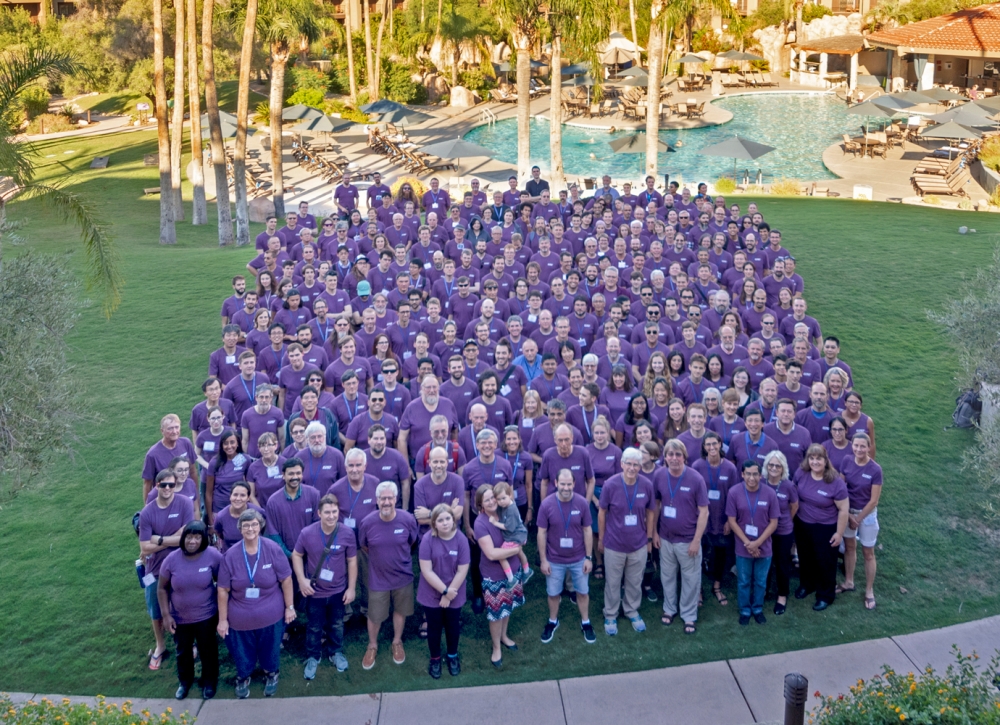
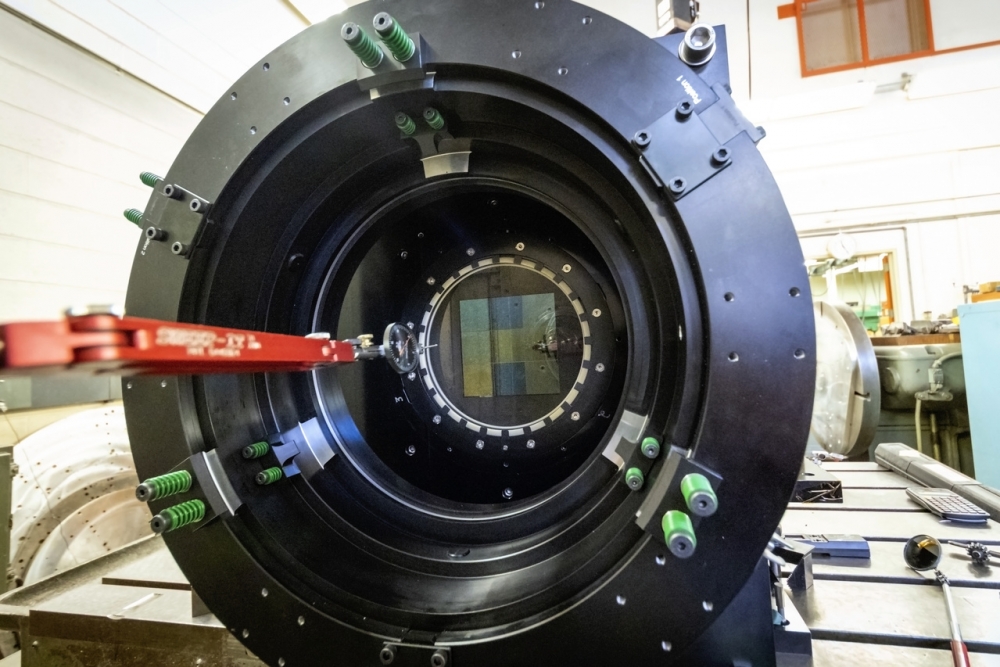

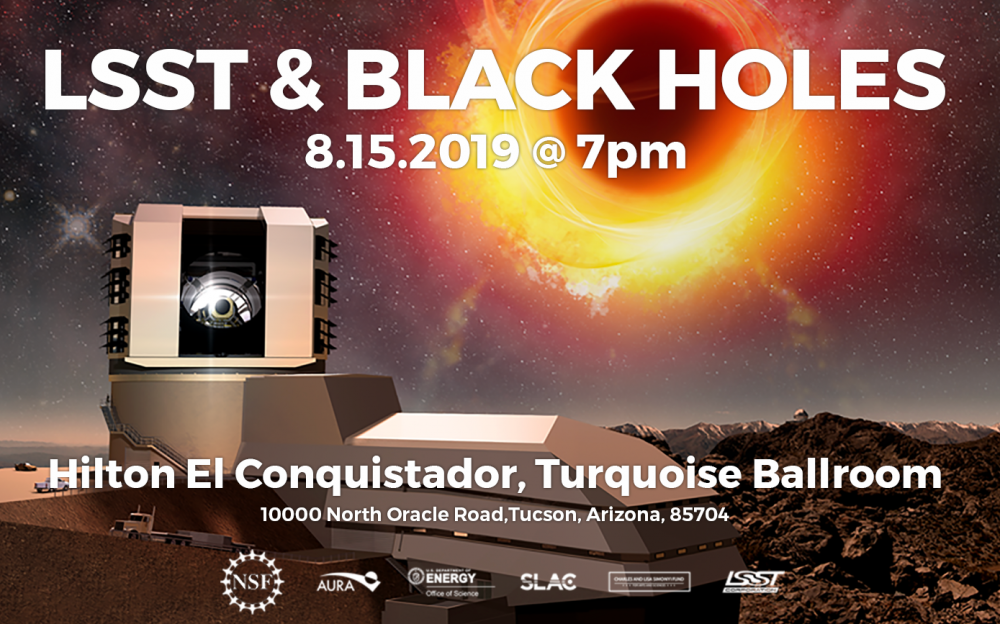
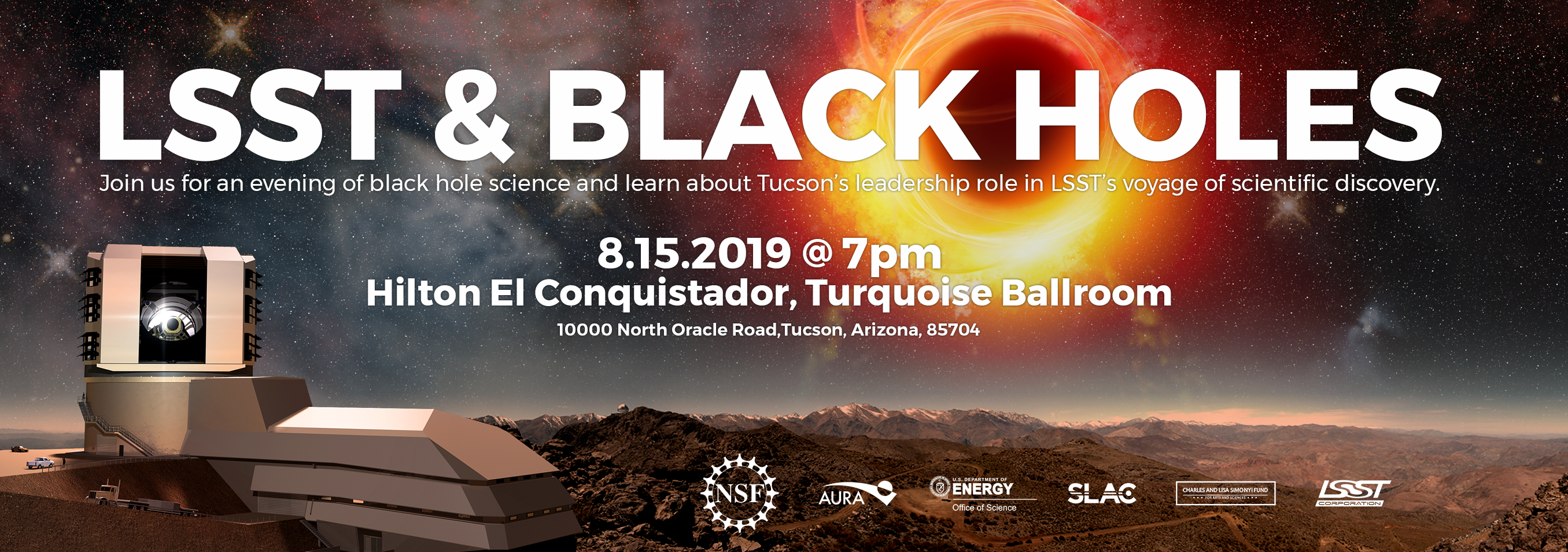
 Raffaella Margutti
Raffaella Margutti 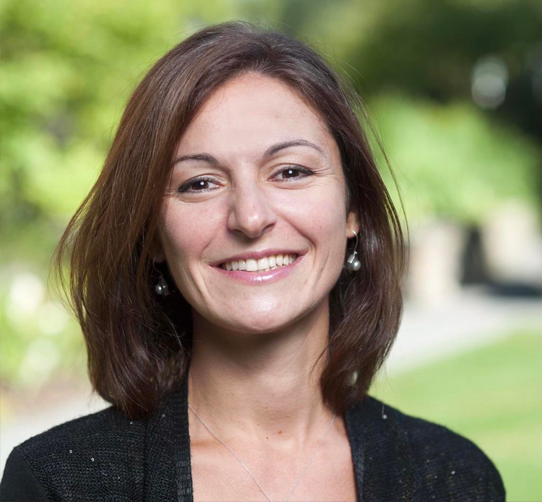 Feryal Özel
Feryal Özel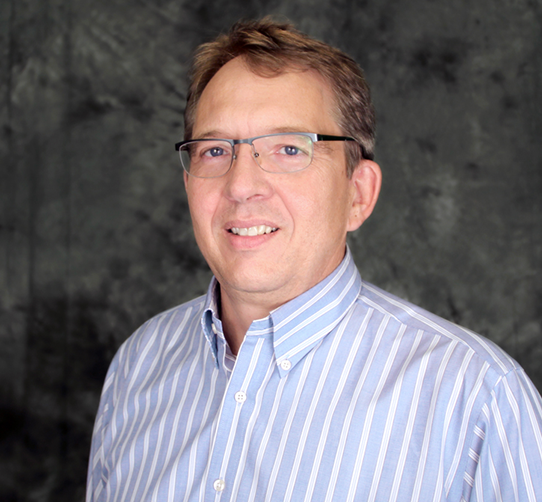 Victor Krabbendam
Victor Krabbendam